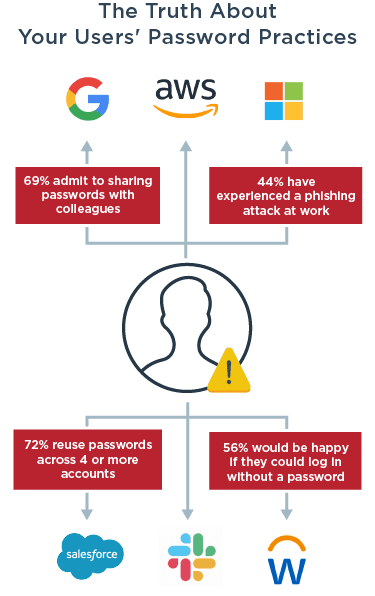Understanding how encryption, hashing, and salting work is key to protecting sensitive information. While these methods share similarities, each serves a unique purpose. Combining them can also help organizations meet data security standards. Here’s a clear explanation of their differences and how they contribute to robust data protection.
Key Takeaways
- Encryption: Converts data into a secure format that can only be accessed with a decryption key. It protects data in transit and at rest.
- Hashing: Transforms data into a fixed-size string of characters and is commonly used for verifying data integrity and securely storing passwords.
- Salting: Adds random data to passwords before hashing, making them harder to crack using methods like rainbow tables.
- Unique Functions: Encryption secures data, hashing ensures integrity, and salting makes password protection stronger.
- Stronger Together: Using these methods together addresses vulnerabilities, improving your overall data security strategy.
- Regulatory Compliance: These techniques help organizations meet key standards like GDPR, HIPAA, and PCI DSS.



